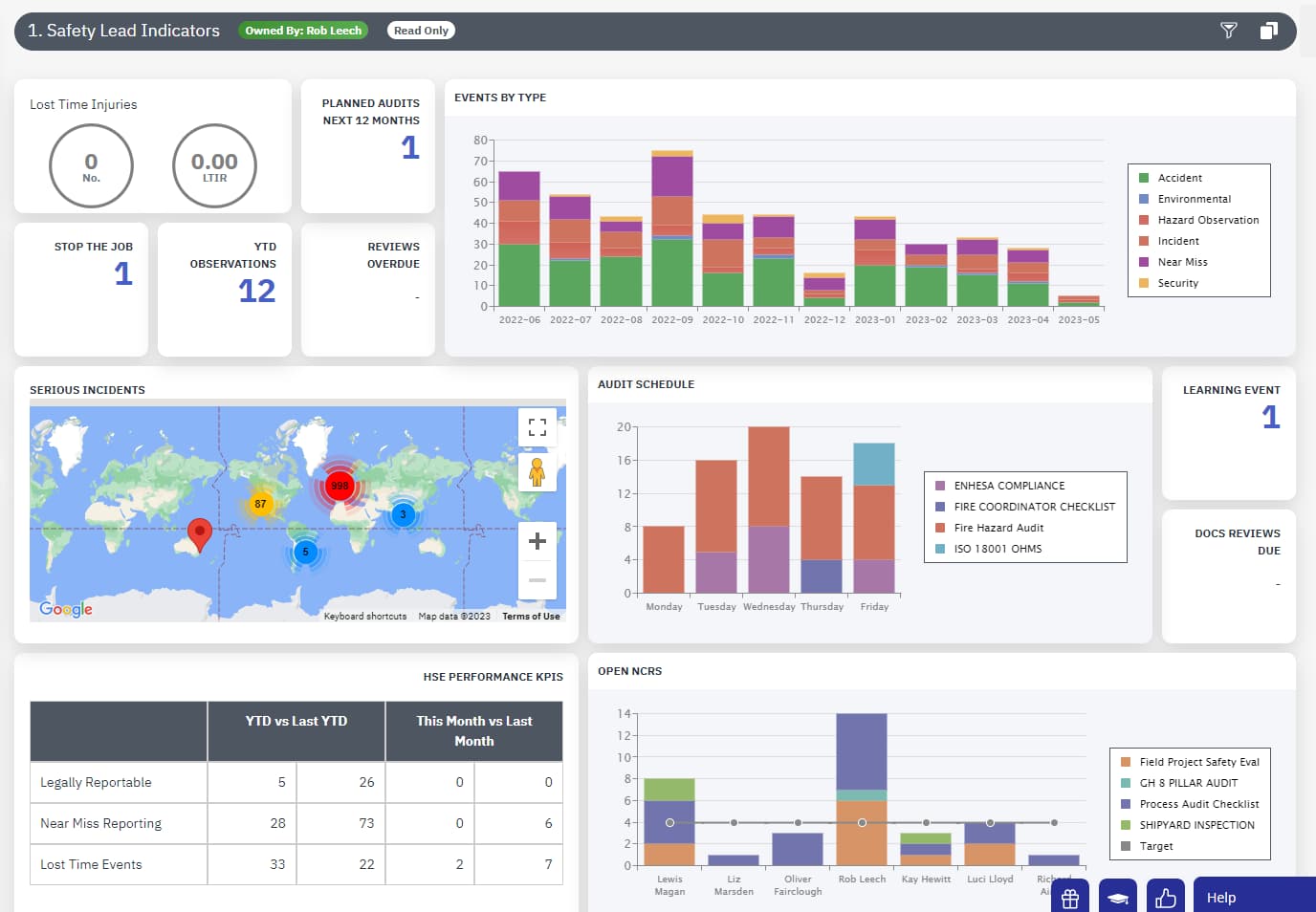
Environmental Impact Assessment
What is Environmental Impact Assessment?
Environmental impact assessment (EIA) is a vital process used to determine the possible environmental effects of a proposed project and analyse ways to mitigate those effects.
It is a tool used to ensure that the potential negative consequences of a project are assessed and taken into account before the project is approved.
The primary goal of the EIA process is to ensure that all the necessary environmental factors are considered and used in making an informed decision.

Is your business conducting environmental impact assessments when starting new projects?
The Importance of an Environmental Impact Assessment (EIA)
EIA is required for many different projects, including construction of buildings, new infrastructure, power generation, and transportation.
It can also be needed for certain activities that may affect the environment, such as mining, drilling, and waste management.
The EIA process typically includes a review of potential impacts, data collection and analysis, identification of mitigation measures, and public engagement.
Environmental Impact Assessment provides several benefits in promoting environmental sustainability.
Firstly, it helps to identify potential environmental risks and impacts of proposed activities, allowing project developers to take measures to avoid or reduce these impacts.
Secondly, it ensures that environmental considerations are incorporated into development planning and decision-making processes.
Thirdly, it provides stakeholders with opportunities to participate in the process and to provide their views on potential environmental impacts.
Fourthly, it promotes transparency and accountability in decision-making by ensuring that the potential environmental impacts and footprint of proposed activities are fully considered and addressed.
Steps for Conducting an Environmental Impact Assessment (EIA)
The first step in EIA is to identify the potential environmental impacts of a project. This involves examining the project’s impact on various areas, such as air and water quality, wildlife and their habitats, and the quality of soil and groundwater.
Collecting data on these areas ensures that factors that could impact the environment are considered when developing a project.
The next step is to analyse the collected data and determine the significance of the impact.
Through this analysis, options for managing environmental impacts can be determined, such as making changes to the project design, relocating the project to a new site, or using different materials or technologies.
Next, mitigation measures are identified and evaluated. These could include anything from separating the construction site from sensitive habitats to using technology to reduce air pollution.
It is essential to implement the most effective mitigation measures at the early stages of the project to minimize environmental damage.
Finally, public engagement is a vital component of the EIA process. Stakeholders and communities in the affected area must be provided with the necessary information, and their voices must be taken into account.
Public hearings, environmental reviews, and notice to Indigenous and local communities ensure that they can participate in the decision-making process, and their comments or recommendations can be considered.
When is an Environmental Impact Assessment Required?
Environmental Impact Assessment is required for many development activities, including infrastructure projects, industrial activities, and extractive industries.
The requirement for Environmental Impact Assessment varies by country and jurisdiction, but it is generally required for activities that are likely to have significant environmental impacts.
The requirement for Environmental Impact Assessment is often triggered by the size, scale, and complexity of the proposed activity or project.
Benefits of Conducting an Environmental Impact Assessment
Conducting an environmental impact assessment offers many benefits to businesses. Some of them include:
Compliance with Regulations
There are strict regulations on environmental standards, and conducting an environmental impact assessment is mandatory for certain projects.
For instance, in the United States, the National Environmental Policy Act (NEPA) requires an EIA before any major federal action that significantly impacts the environment.
Conducting an EIA helps organizations ensure that they meet various environmental regulations, reducing the legal risk of non-compliance.
Risk Mitigation
In addition to legal risks, conducting an EIA also helps organizations to mitigate potential risks and liabilities.
By identifying possible negative impacts, it can help organizations to take necessary measures to reduce those impacts.
As a result, organizations can avoid expensive accidents or lawsuits that could arise due to environmental damages.
Improved Stakeholder Confidence
Environmental impact assessments offer a transparent process for identifying the impacts of proposed activities, and it encourages stakeholder participation.
Stakeholders can voice their opinions, concerns, and priorities, and it can contribute to the credibility of the project or organization.
This transparency and collaboration in decision-making, in the long run, can build trust and confidence among stakeholders.
EcoOnline Can Help You Conduct Better Environmental Impact Assessments
Environmental impact assessments can help companies gain a better understanding of the effectiveness of their ESG policies. EcoOnline offers dedicated ESG software that companies can use for ESG and sustainability management.
This suite of modules makes it easy for organizations to aggregate data into a singular reporting and analytics platform, offering greater transparency and allowing companies to improve internal benchmarking.




